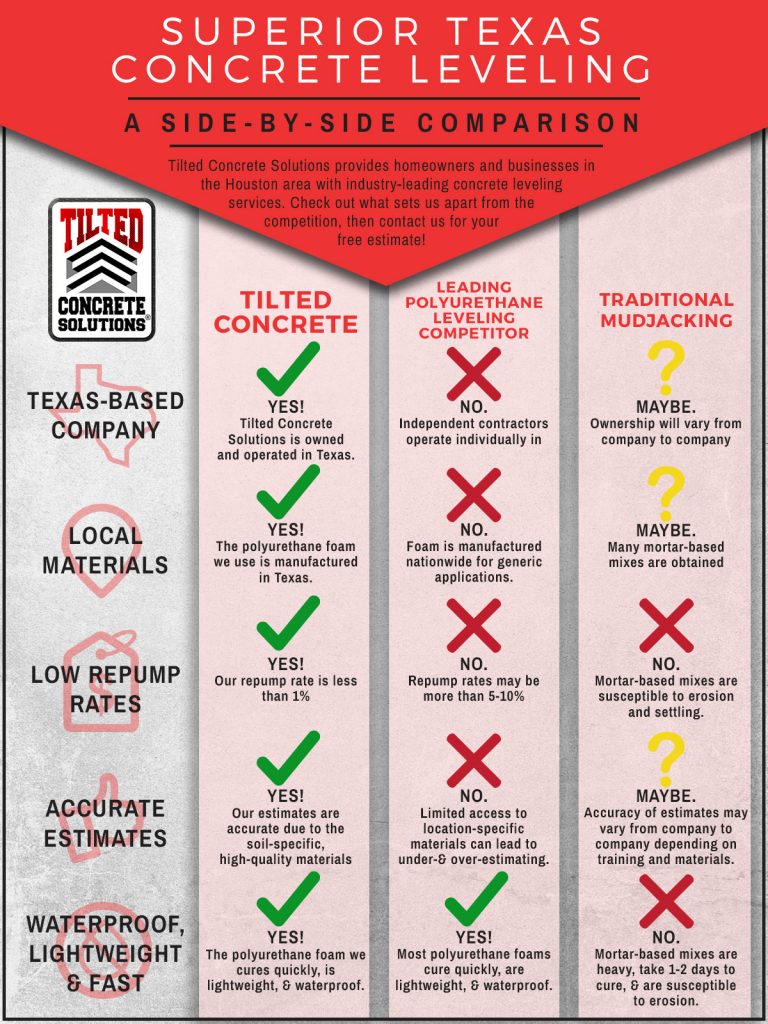The Impact Of Weather On Your Outside Painting Task
The Impact Of Weather On Your Outside Painting Task
Blog Article
Material Writer-Mclean Hjorth
Understanding how weather conditions can affect the result of an outside painting venture is extremely important for attaining a flawless surface. From temperature variations changing paint attachment to humidity degrees influencing drying times, each component of weather plays a considerable role in the success of your project. Furthermore, wind speed and precipitation can introduce unexpected difficulties that may compromise the top quality of the outcome. As we navigate with the subtleties of weather's influence on external painting, it becomes obvious that thorough planning and calculated timing are critical for guaranteeing a specialist and long lasting result.
Ideal Temperature Level Range for Paint
When considering external painting projects, the suitable temperature level range plays an important duty in accomplishing optimum outcomes. tulsa siding in the right temperature level conditions guarantees that the paint sticks correctly to the surface area, dries equally, and remedies effectively. Usually, the suggested temperature level range for external painting is in between 50 to 85 levels Fahrenheit.
Painting in temperature levels listed below 50 levels Fahrenheit can result in concerns such as bad paint adhesion, extended drying times, and a boosted possibility of cracking or peeling.
On the other hand, painting in temperature levels over 85 degrees Fahrenheit can trigger the paint to completely dry as well swiftly, causing blistering, gurgling, and an uneven finish.
To attain the best results, it is vital to check the weather report prior to beginning an external paint project. Preferably, objective to paint during moderate weather with modest temperatures and reduced moisture degrees.
Effects of Humidity on Paint Drying
Humidity degrees significantly affect the drying out process of paint related to exterior surfaces. High moisture can extend the drying time of paint, causing potential issues such as dripping, spotting, or even the development of bubbles on the repainted surface area. Excess dampness airborne slows down the dissipation of water from the paint, hindering the curing process. This is specifically problematic for water-based paints, as they rely upon evaporation for drying out.
On the other hand, low moisture degrees can likewise influence paint drying. Incredibly dry conditions might create the paint to completely dry as well quickly, leading to poor attachment and a rough surface. In such cases, including a paint conditioner or spraying a fine haze of water in the air can help control humidity levels and boost the painting end result.
To guarantee optimum drying conditions, it is advisable to repaint when the humidity degrees range between 40% and 50%.
Surveillance humidity degrees and taking ideal actions can assist attain a smooth and long lasting paint coating on exterior surfaces.
Wind and Rainfall Considerations
Wind rate and precipitation are crucial elements that dramatically impact the success of an outside painting task.
When please click the up coming document involves wind, both rate and direction are necessary considerations. High wind speeds can create paint to dry as well rapidly, resulting in a substandard finish with possible concerns like breaking or irregular appearance. In addition, wind can bring particles that may follow the damp paint, bring about imperfections. For that reason, painters ought to aim to work with days with light to modest winds for ideal paint conditions.
On the other hand, rainfall, whether rainfall or snow, can be extremely detrimental to the end result of an exterior paint project. Moisture from precipitation can prevent paint attachment, creating peeling off and bubbling over time. It is critical to stay clear of paint during stormy or snowy weather condition to guarantee the durability and top quality of the paint work. Painters should additionally allow adequate time for the surface area to completely dry thoroughly after any precipitation prior to beginning or resuming the painting procedure.
Conclusion
Finally, climate condition play a significant role in the result of an external paint project. The excellent temperature array, moisture degrees, wind rate, and precipitation all add to the success or failure of the paint job.
It is vital to think about these variables and strategy appropriately to guarantee appropriate paint bond, drying times, and total top quality of the finished product.
